Call or Text us at


At Beach Auto Repair, our skilled technicians specialize in diagnosing and resolving
issues with your vehicle's transmission. Whether it's experiencing slipping gears,
delayed shifts, or unusual noises, our team swiftly identifies the problem and
proceeds with the necessary services.
Slipping gears, delayed or harsh shifts, and unusual noises can all be indicators of
transmission problems. Our technicians excel at efficiently and professionally
addressing these issues, ensuring your vehicle's transmission functions smoothly and
reliably. Contact us for top-tier transmission repair and services, enhancing your
vehicle's overall performance and drivability.
Call or Text us at

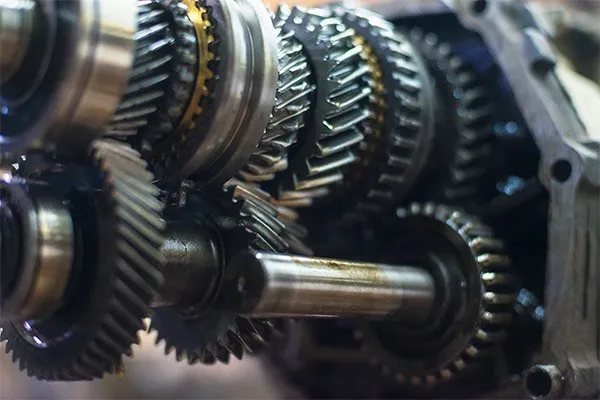
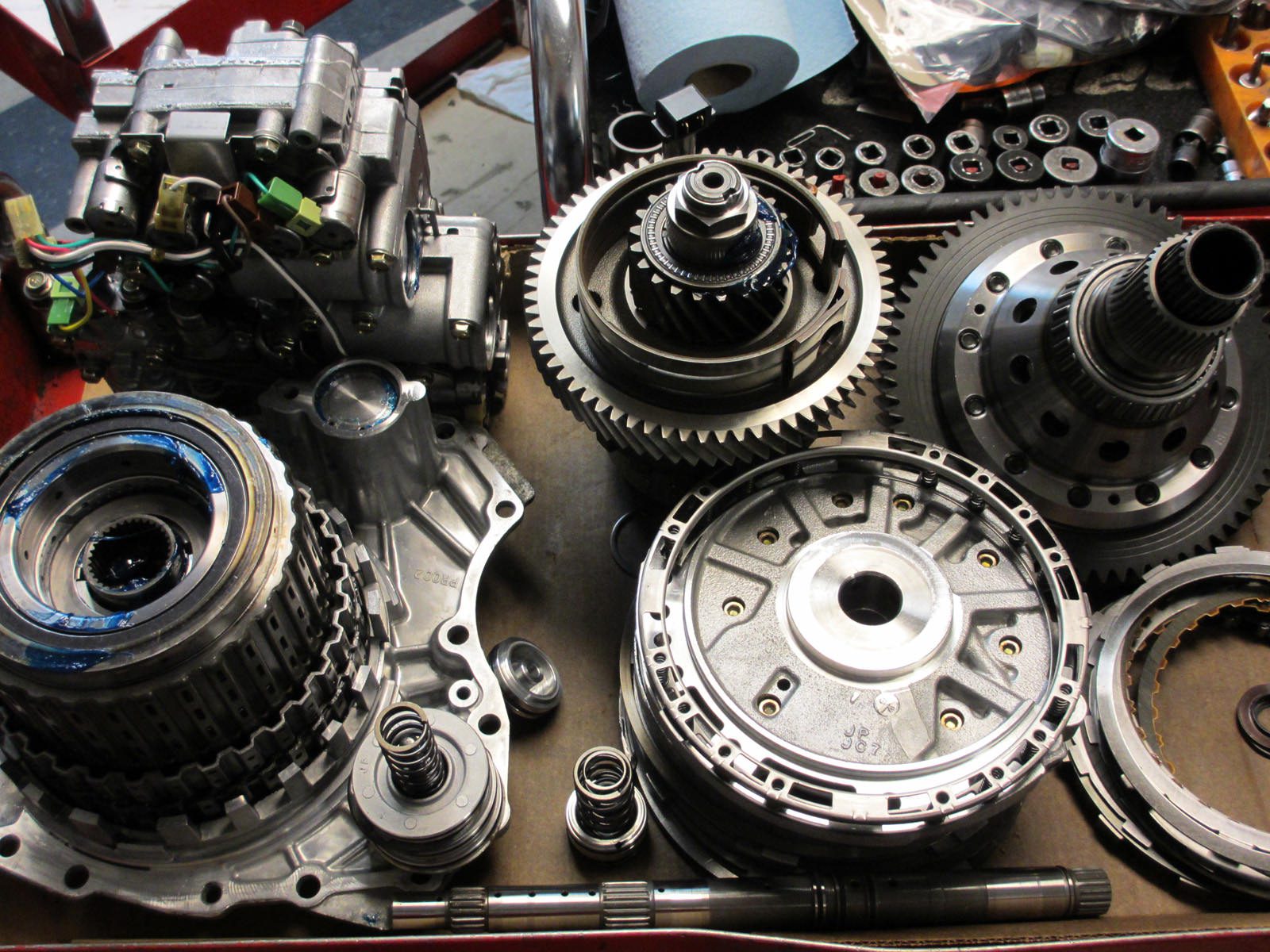
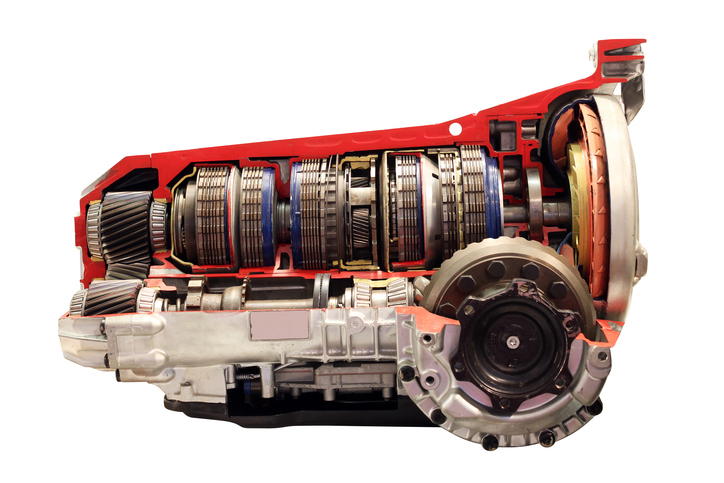
There are several key aspects to be aware of when it comes to understanding the purpose of a vehicle's transmission. Here are some important points to consider:
1. Power Transfer: The primary function of a transmission is to transfer power from the engine to the wheels. It does so by controlling the speed and torque of the wheels in relation to the engine's output.
2. Variable Gear Ratios: Transmissions provide a range of gear ratios that allow the vehicle to operate efficiently at different speeds and loads. This flexibility ensures optimal performance in various driving conditions.
3. Smooth Acceleration: By changing gears, the transmission enables smooth and gradual acceleration. Lower gears provide more power for starting from a standstill, while higher gears offer efficient cruising at higher speeds.
4. Fuel Efficiency: Transmissions contribute to fuel efficiency by allowing the engine to operate within its most efficient RPM (revolutions per minute) range for a given speed. This reduces fuel consumption and emissions.
5. Reverse Gear: Transmissions provide a reverse gear to enable the vehicle to move backward safely and effectively.
6. Neutral and Park: In addition to driving gears, transmissions offer neutral and park positions. Neutral disengages the engine from the wheels, while park locks the transmission to prevent the vehicle from moving.
7. Towing Capability: Transmissions play a role in a vehicle's towing capacity. They provide the necessary torque to tow trailers and heavy loads effectively.
8. Smooth Shifting: Modern automatic transmissions are designed for smooth and seamless gear shifts to enhance driver comfort. Manual transmissions require driver input for shifting, offering a more engaged driving experience.
9. Adaptation to Terrain: Some transmissions have modes or features for adapting to different types of terrain, such as snow, mud, or steep inclines. These modes adjust gear ratios to optimize traction and control.
10. Overdrive: Many transmissions include an overdrive gear for highway cruising. Overdrive lowers engine RPM at high speeds, reducing wear and noise while maintaining fuel efficiency.
11. Engine Protection: Transmissions help protect the engine by providing a buffer between the engine and the wheels. They absorb shock and stress from uneven road surfaces, improving overall vehicle durability.
By understanding these key points about the purpose of a vehicle's transmission, you can appreciate its pivotal role in facilitating efficient and controlled power delivery, enabling smooth acceleration, and contributing to overall vehicle performance and drivability.
There are several key aspects to be aware of when it comes to understanding common failures of vehicle transmissions. Here are some important points to consider:
1. Fluid Leaks: Transmission fluid leaks are a common issue. Leaking fluid can lead to low fluid levels, causing the transmission to overheat and not function correctly. Identifying and fixing leaks is crucial to maintaining transmission health.
2. Slipping Gears: Transmission gears may slip, resulting in erratic or delayed shifts, sudden RPM spikes, and reduced power. This can be due to worn clutches, bands, or internal components, and it's a clear sign of transmission trouble.
3. Delayed Engagement: Delayed engagement is when the transmission takes a while to respond after shifting into gear. This could indicate issues with the transmission fluid, torque converter, or solenoids.
4. Warning Lights: Modern vehicles equipped with computer-controlled transmissions may trigger warning lights on the dashboard. These lights indicate potential transmission issues and should be diagnosed promptly.
5. Unusual Noises: Grinding, whining, or clunking noises during gear changes are red flags. These noises may be indicative of damaged gears, bearings, or other internal components.
6. Burning Smell: A burning smell can result from overheating transmission fluid due to friction or slipping clutches. This issue should be addressed immediately to prevent further damage.
7. Difficulty Shifting: Difficulty or resistance when shifting gears in a manual transmission can be due to worn synchronizers, while in an automatic transmission, it may point to problems with the linkage or solenoids.
8. Transmission Fluid Contamination: Contaminated or dirty transmission fluid can lead to a range of issues. Regular fluid changes are crucial to prevent contaminants from causing damage.
9. Torque Converter Problems: Issues with the torque converter can lead to symptoms like shuddering during acceleration or difficulties in maintaining highway speeds.
10. Overheating: Overheating can damage the transmission and its components. It's often caused by low fluid levels, fluid contamination, or towing heavy loads without proper cooling.
11. Complete Transmission Failure: In some cases, a transmission may experience complete failure due to a combination of factors such as neglected maintenance, internal component damage, or extended use beyond its expected lifespan.
12. Fluid Color Changes: Normal transmission fluid is typically red or pink. If it becomes discolored or smells burnt, it can indicate internal problems or overheating.
By understanding these key points about common failures of vehicle transmissions, you can recognize the signs of transmission trouble and take prompt action to diagnose and address the issues.




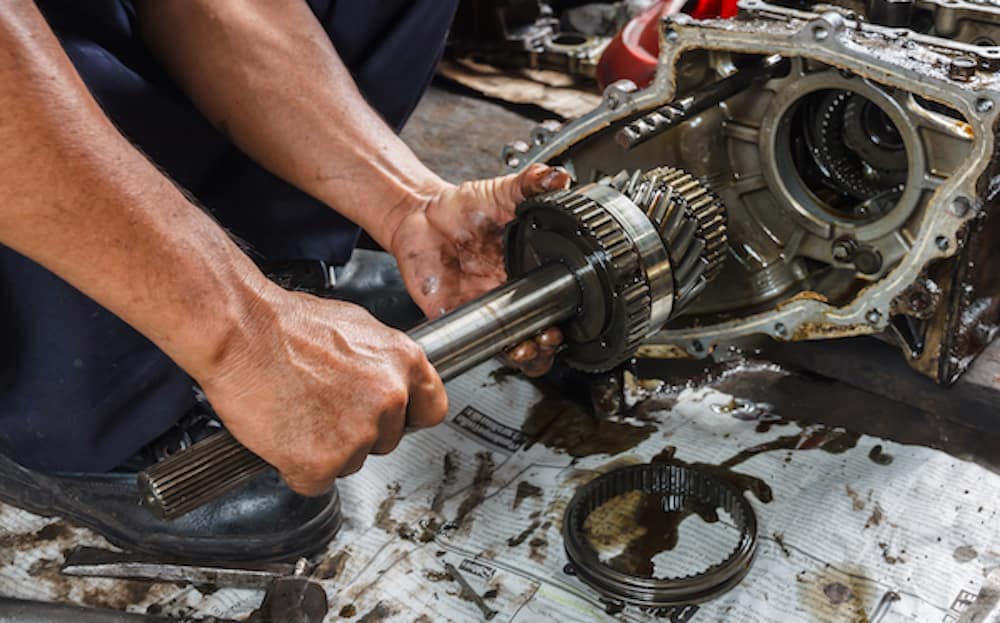
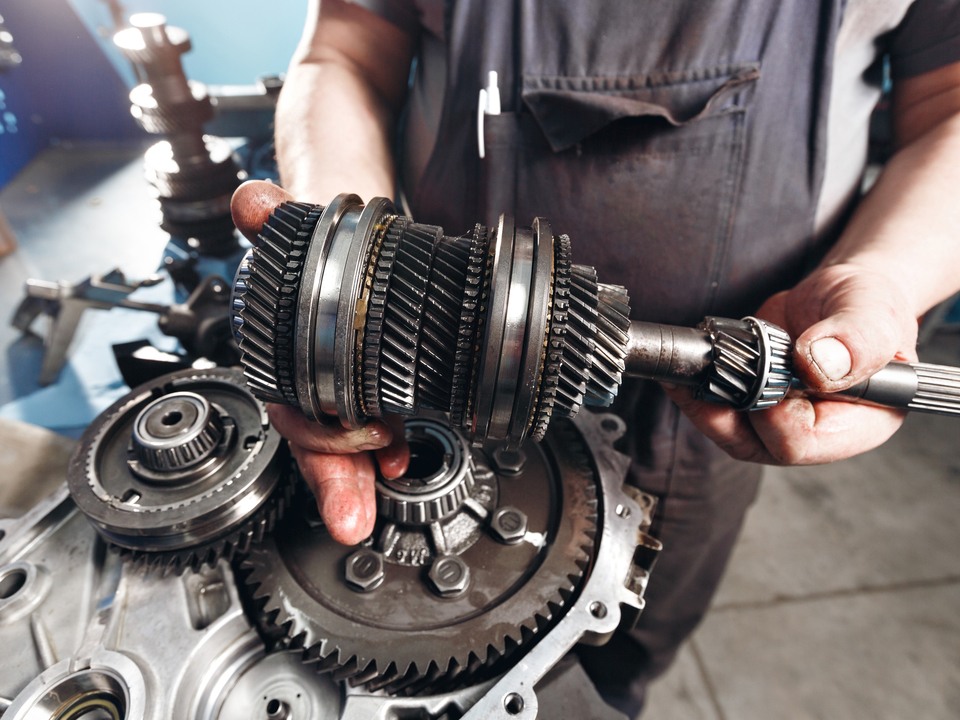



There are several key aspects to be aware of when it comes to understanding the difference between repairing and servicing transmissions. Here are some important points to consider:
Repairing Transmissions:
1. Specific Issue Resolution: Transmission repair focuses on addressing a specific problem or issue that the transmission is experiencing. This could be related to components like gears, clutches, bands, or seals.
2. Diagnostic Process: To repair a transmission, a detailed diagnostic process is often necessary. This involves identifying the root cause of the issue through inspections, test drives, and, in some cases, computerized diagnostics.
3. Component Replacement: During a repair, damaged or worn transmission components are often replaced. This may include items like clutches, solenoids, torque converters, or the entire transmission unit if needed.
4. Labor-Intensive: Transmission repair can be labor-intensive, as it involves disassembling and reassembling the transmission. Skilled technicians are needed to perform these tasks effectively.
5. Cost Variation: The cost of transmission repair can vary widely depending on the extent of the damage, the specific components requiring replacement, and the labor involved. In some cases, it can be a more cost-effective option than a full replacement.
Servicing Transmissions:
1. Preventive Maintenance: Transmission servicing, often referred to as a transmission flush or fluid change, aims to perform preventive maintenance on the transmission. It focuses on maintaining the transmission in good working order and preventing potential issues.
2. Fluid Replacement: During a transmission service, the old transmission fluid is drained, and new fluid is added. This helps maintain proper lubrication, cooling, and hydraulic functions within the transmission.
3. Filter Replacement: In some cases, the transmission filter is also replaced during servicing. This is essential for ensuring that the new transmission fluid remains free of contaminants.
4. Less Labor-Intensive: Transmission servicing is typically less labor-intensive compared to full repairs. It can often be completed more quickly and at a lower cost.
5. Routine Maintenance: Servicing transmissions is part of routine maintenance, with recommended service intervals provided by vehicle manufacturers. Regular servicing can help extend the life of the transmission and prevent problems.
6. Fluid Quality: Regular servicing helps maintain the quality and condition of the transmission fluid, reducing the risk of overheating, friction, and premature wear.
By understanding these key points about the difference between repairing and servicing transmissions, you can make informed decisions about how to address transmission-related issues. Repairs are focused on resolving specific problems, while servicing is geared toward preventive maintenance and fluid replacement.
Let us know how we can help.